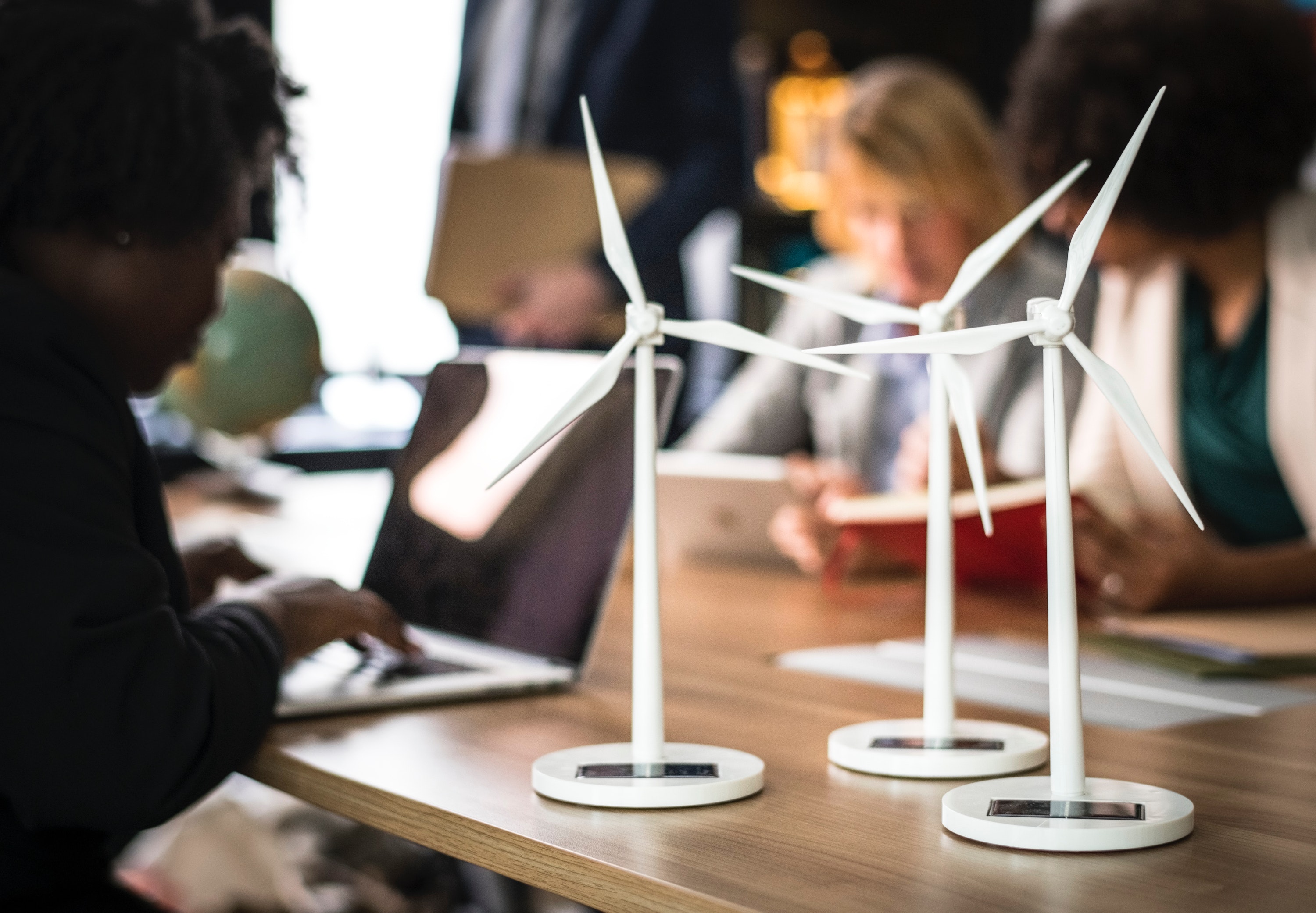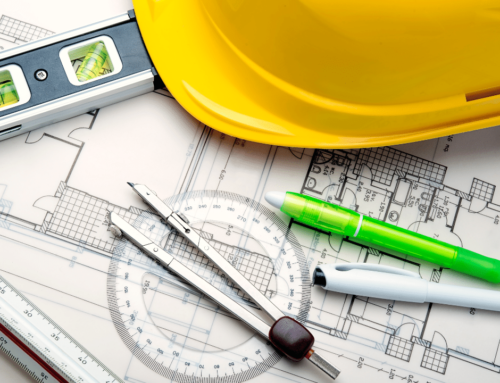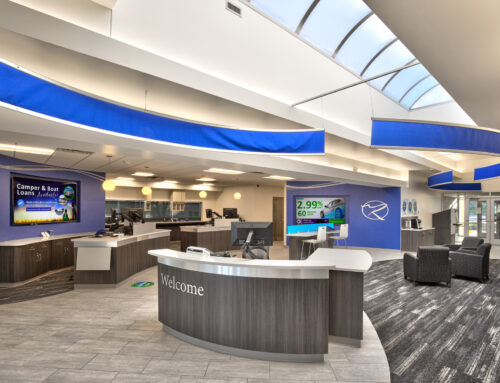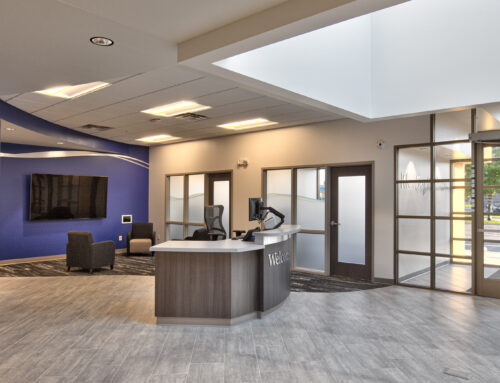
Climate change is the fundamental design flaw of our modern-day era. It’s the elephant in the room we have yet to confront head-on. While other concerns such as healthcare, education, unemployment, etc. are all profoundly important in their own way, there’s a crisis knocking at our door that we must, now more than ever, answer to.
The threat that climate change poses doesn’t just apply to humans, but all life on earth, and buildings have continued to remain complicit—arguably more so than their ever-roving counterpart, the automobile. Just this past year, residential and commercial buildings accounted for roughly 40% of the total energy consumption in the U.S. Due to cement production, greenfield development, and fossil fuel burning, the residential and commercial sectors have also become the culprit for nearly half of the carbon dioxide emissions in the U.S.
It’s not too late to turn things around.
In recent times, the idea of “net-zero” buildings has become the talk of the town – or planet, more like it. From related news articles, social posts, and blogs (just like the one you are reading now) flooding the internet from nearly every angle, it would seem that everyone is slowly becoming more and more interested in this utopian idea of a “net-zero planet”.
What exactly does it mean? And how can we achieve this status?
For those of you who have sought refuge under a comfortable rock, distanced far from the turbulence of today’s current events, you probably aren’t too familiar with the recent net-zero ideologies.
To put it in layman’s terms, net-zero buildings (or net-zero carbon/energy buildings), are structures that generate 100% of their energy needs on-site and/or off-site via renewable energy sources. This means that an energy utility bill of a net-zero building would be – as the name would infer – zero ($0).
How is this possible?
As of today, conventional buildings often utilize energy systems that result in emissions of carbon dioxide, sulfur dioxide, nitrogen oxides, etc. Net-zero buildings, on the other hand, harness emissions-free, renewable energy via on-site/off-site sources such as solar, wind, and/or thermal energy systems.
To increase efficiency and reduce a building’s carbon footprint even further, many buildings will incorporate passive design elements within their build. Some examples of this include implementing natural desiccants to remove humidity, strategically placed windows and mirrored surfaces to harness natural light, as well as vegetative roofing to deflect heat in the summer and retain warm air in the winter. For more information on the sustainable techniques of “green buildings”, click here to check out one of our recent blog posts titled: Building a Sustainable Church.
So, what are our next steps?
At this point in time, we already have the technology to make this net-zero dream a reality. It’s just a matter of convincing the rest of the world to hop on board. Yes, it’s true that net-zero buildings often cost more upfront than your run-of-the-mill fossil fuel burner, but looking at it from an investment standpoint, many would deem that this choice to go net-zero makes great economic sense. It’s up to us now to spread the word and help others see the value in pursuing the net-zero future ahead.




